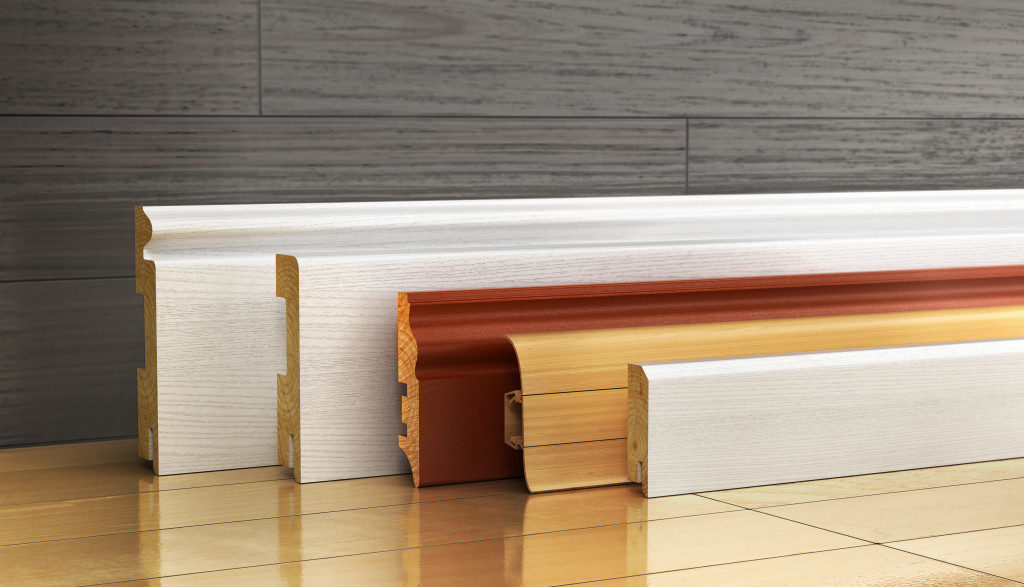Home renovation costs in the UK can cost upwards of £6,000, depending on the project. A new kitchen will need a £10,000 budget. An extension can cost up to £34,000, and a loft conversion project can reach £45,000. These estimates cover the materials, labour and logistics of bringing all of them to your property. But even if the estimated cost for your home renovation project is justifiable and you can afford to pay for all of it, wouldn’t you want to cut costs where possible and reasonable? It would be prudent, after all, to save money given the looming threat of a post-Coronavirus economic crisis.
The big question would be how to cut down costs without compromising the quality of the work and integrity of the house. You wouldn’t want to go cheap on the materials during construction, for example, only to spend a fortune on repairs way earlier than expected.
To help you out, below are some tips and renovation hacks that can help you keep your renovation cost at a minimum.
Knock Down Non-Bearing Walls
If you plan on expanding your interior space by removing a wall, hold off on the wrecking ball until after you’ve confirmed that it is not a load-bearing wall. If it is indeed the latter, consider modifying your plan.
Load-bearing walls provide crucial structural support to your house. Knocking one down needs more planning and preparation and will, therefore, cost more than removing a non-loadbearing wall.
Dryline Your Walls
Drylining (also drywalling) is a widely-used strategy for interior renovations. Instead of using massive quantities of plaster on the exposed walls to create a smooth expanse, your contractor will nail plasterboards over the stripped walls to hide the hollows, brick, concrete, insulation, etc.
The materials and tools for drylining and plastering are generally affordable, but the labour cost could quickly grow if the walls take too long to finish. The key, therefore, is to make sure the work gets completed fast. Drylining is the faster way of finishing renovated walls compared to traditional plastering, so it’s the better alternative if you want the least costly option.
Choose Few but Quality Suppliers

While it’s natural to look for suppliers who sell the most affordable materials, you must also consider the freight or transportation costs. Most construction suppliers include delivery and transfers in their costing, but the value-added pricing could add up when you buy from multiple suppliers. Factor in the product quality, efficiency, and reliability of customer services, not just the unit prices of the tools and materials you need. You may save more if you buy from one or two reliable suppliers. They can give you concessions on shipments for multiple bulk orders.
Don’t Touch the Plumbing
Unless your house’s utilities need upgrading to comply with the current code specifications, avoid doing renovations that will alter the plumbing lines. It’s okay to replace old pipes (Real Homes says this can cost you around £3,500), but if you’re going to gut your home and do major re-work on plumbing, expect the bill to go up as expert plumbers can charge between £20 to £40 per hour.
The key to reducing home renovation costs is ensuring that the work is finished on schedule, if not earlier. The cost of the materials, rented equipment, tools, and work permits also matter. Still, they are less likely to catch you off guard than an inflated labour cost due to extended completion dates. Stick to your renovation schedule and avoid extra costs with these four tips.

